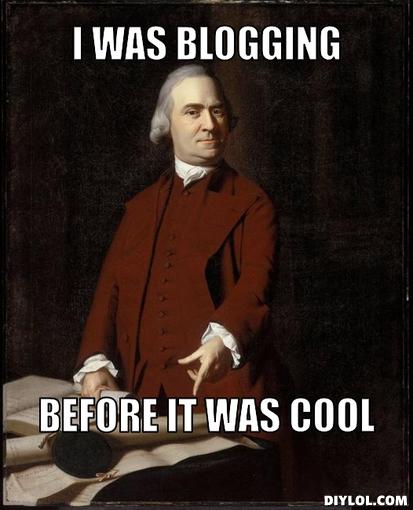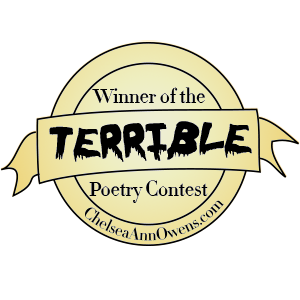Herb’s Blog, Herbdate 23825 – 1264
Well, Dear Readers,
I made it all the way through the A-Z challenge this year and, at this moment, I feel like I have enough steam to keep going forward with my little streak.
Here’s the haps:
A little over five years ago, I was nominated for an “award.” It doesn’t matter; they are mostly all the same, except for the awards I give out, which are based on the merit of the blog itself. I haven’t had the time to do one of those posts for a while now but I may, if I can keep this new habit up. I only mention the award at all because a couple of the questions were really thought-provoking as well as containing great pun potential. I took several days to answer this one.
The question was:
The poet John Keats once wrote (in his poem, “Ode on a Grecian Urn”),
Beauty is truth, truth beauty,—-that is all
Ye know on earth, and all ye need to know.
By contrast, Plato (in The Republic) warns of poetry’s power to make a falsehood seem true, by beautifying it. What, then, is the relationship between beauty, as achieved by the artist, and truth?
There is a very little-known story about the Romantic Era poet, John Keats, that I am about to make up. He apparently had a large Mediterranean clay jar on layaway at Ye Olde General Store. He made his small payments faithfully, but the shopkeeper was hoping for a quicker turnaround. One day he told young Keats, “You know, son, if you’d like, I’d take one of them poems you’re always writing, in lieu of payment.” So Master Keats, wondering what the shopkeeper’s idea of the value of poetry was and also wondering the balance due, asked, “How much is Ode On A Grecian Urn?”













I like comments and try to respond to them all if I can: